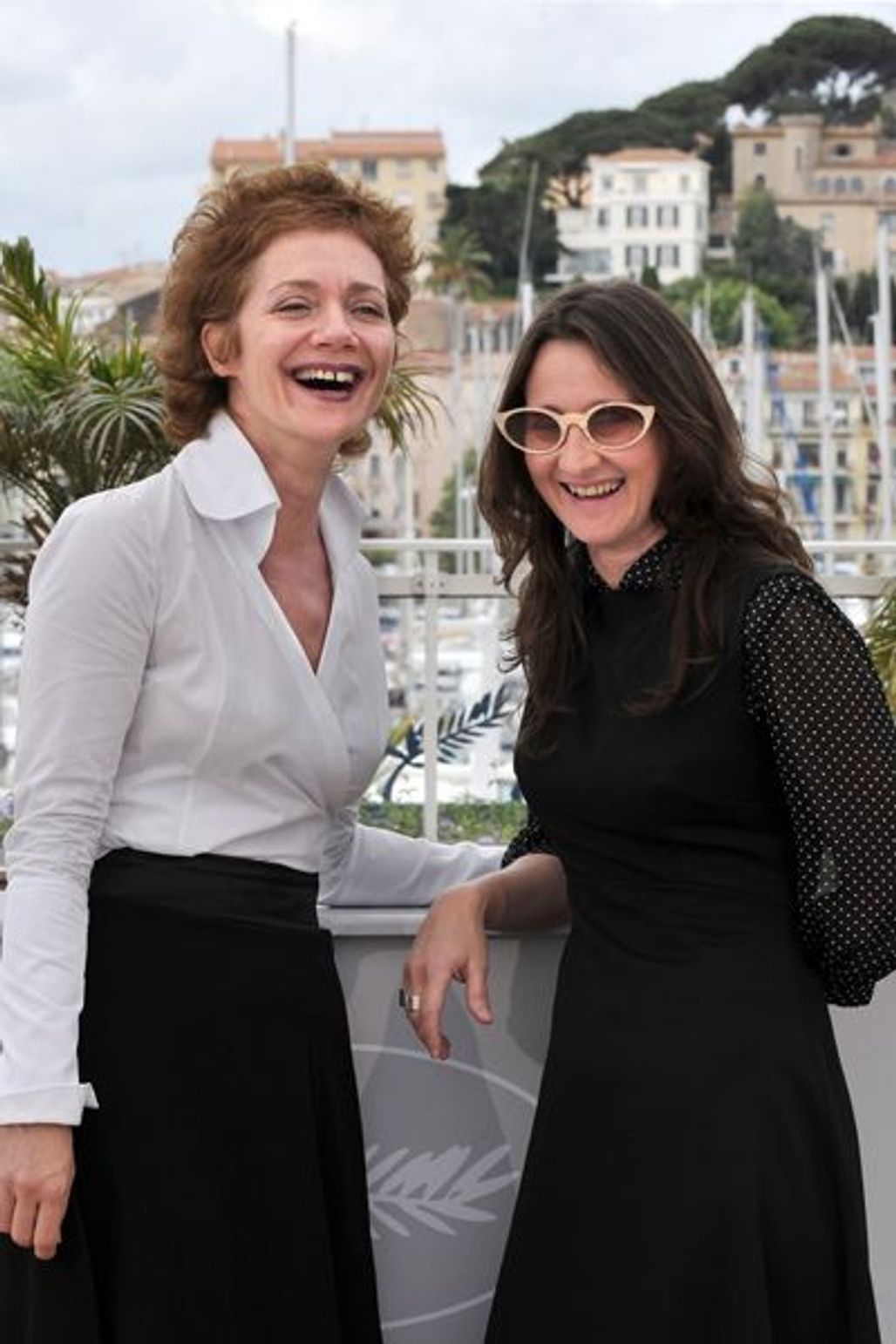
Press Conference: “The Headless Woman” by Lucrecia Martel

Argentinian director Lucrecia Martel, flanked by actress María Onetto and producers Agustín Almodovar, Enrique Piñeyro, Veronica Cura, and Marianne Slot, fielded questions from the press about the film La Mujer Sin Cabeza (“The Headless Woman”), presented in Competition today. Highlights follow:
Lucrecia Martel, on constructing the film:
“Cinema has to reflect emotions, and has to reflect physical emotions. So to make this film, there had to be several different strata, several elements which were brought together to reflect the general behavior of this person, who seems to float… I had several stages of construction, and I worked on the images and the depth of field. It’s not a question of sharing an emotion directly with the audience; everything has to be suggested by the whole of the film, so that you can see what’s going on in the head of the person, through the film.”
Lucrecia Martel on the fact that certain dialogues are not translated:
“I think there are films from different countries that you can share, even if you don’t follow the language… This film is made up of different strata, so there are a lot of little dialogues that we’ve decided not to translate, in order to allow the sound to be audible, and not to overload the sound. These short dialogues are part of the soundtrack, and so they don’t need to be translated. Everything can’t be translated, and totally, in this film.”
Agustiín Almodovar, on his ties to Lucrecia Martel:
“We’ve already produced a film together, La Ciénaga [“The Swamp”]. The director’s personality [creates a connection], and all of the subjects of the film interest both of us. We like cinema, with its complexity and the fact that we have to take up this challenge of cinema. This includes the fact of being emotionally involved in the production of the film. We were fascinated by this style of film, and the choreography that runs through the whole of the film. There are microcosms present in the film; there are sounds you can hear in the distance… She’s a very strange director, and she makes an absolutely fascinating type of film. This type of cinema is difficult for audiences, we know that. Pedro is her own personal marketing agent. We very strongly recommended the first film she made, and that’s why, afterwards, we really wanted to be involved in the production of her second film. We set up a relationship with which we are extremely pleased, and we hope that this relationship will continue. We love her work, and we think that her type of film is absolutely essential.”
Lucrecia Martel, on Antonioni’s influence:
“Yes, of course, but not obviously. The major filmmakers are important to all directors. It’s rather like Christ in Western civilization. But I’m not trying to make a kind of quotation from Antonioni’s cinema.”
Lucrecia Martel, on writing the dialogues:
“It’s very simple for me. If I spend two minutes with my mother, who is very talkative, I can steal 95% of my dialogue from her. She loves talking. It’s a little bit disquieting, I’ve been getting this kind of short dialogue for about forty years through my mother.”
Lucrecia Martel, on the choice of format:
“I had a little problem of frustration in my life, a career deviation. I was to be a doctor, originally, and I had an almost medical relationship with the camera. If I use Cinemascope, it’s because I decided recently to adopt this format, with La Niña Santa [“The Holy Girl”]. For me, it’s an ideal format for getting close to the body, the physical aspect. There are various scenes – in the bed, for instance, in the house – which allowed this.”


